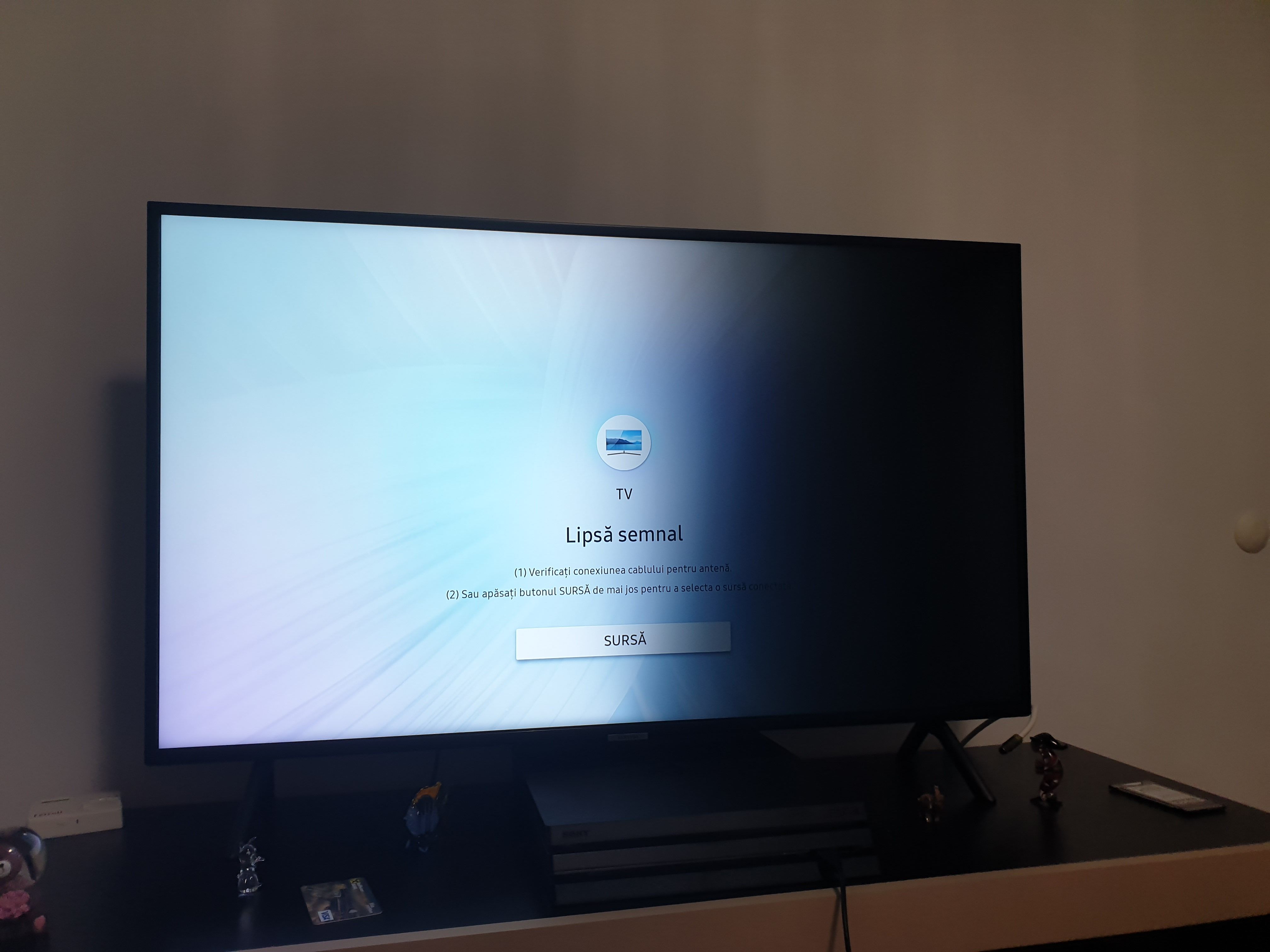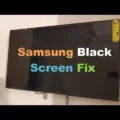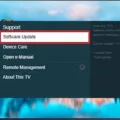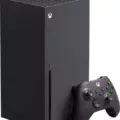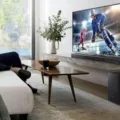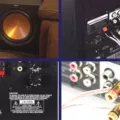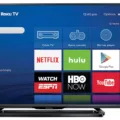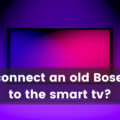Samsung TVs are known for their high-quality displays and advanced features, but sometimes they can encounter issues, such as not recognizing a cable box. If you’re facing this problem, don’t worry, as there are several troubleshooting steps you can try to resolve it.
Firstly, check the power button on both your cable box and TV. Ensure that the cable box is powered on and properly connected to your Samsung TV. If you’re using a laptop or PC, make sure it is not in sleep or hibernate mode and that it is set to portrait mode.
If the issue persists, disconnect the HDMI cable from both your source device and the TV, and then reconnect it, ensuring that the connection is secure. If possible, try using a different HDMI cable to rule out any potential cable issues.
Additionally, try connecting your source device to a different HDMI port on your TV. Sometimes, certain ports may have compatibility issues, so switching ports could help resolve the problem. Remember to change the TV input to match the port being used.
If you’re using a game console or a laptop/PC, make sure that it is powered on and properly connected to your Samsung TV. Check that your laptop/PC is not in sleep or hibernate mode, as this can affect the connection. If you connected an external device to the HDMI 1 port on the back of your TV, ensure that the source in the TV settings is also set as HDMI 1.
As a basic troubleshooting step, you can try restarting your TV. Press and hold the power button on your remote until the TV restarts. Alternatively, you can power off the TV, unplug it from the wall for about 30 seconds, and then plug it back in and power it on using the remote.
By following these troubleshooting steps, you should be able to resolve the issue of your Samsung TV not recognizing your cable box. If the problem persists, it may be helpful to consult the user manual or contact Samsung support for further assistance.
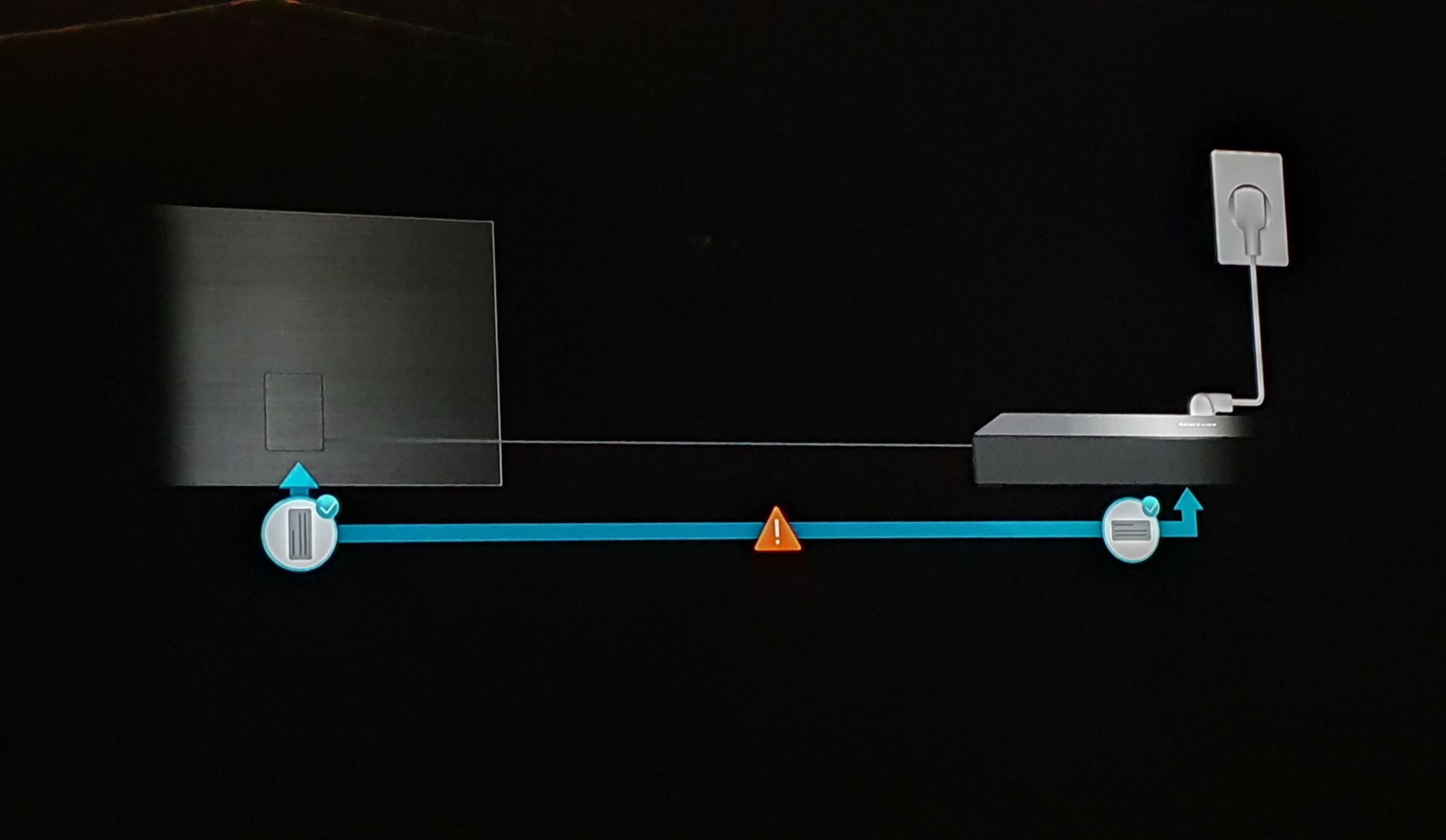
Why Won’t Your Samsung TV Recognize Your Cable Box?
There could be several reasons why your Samsung TV is not recognizing your cable box. Here are some possible explanations:
1. Check the connections: Ensure that the cable box is properly connected to your TV. Make sure that the HDMI or other video cable is securely plugged into both the cable box and the TV. Also, verify that the cable box is powered on.
2. Test different ports: If you have multiple HDMI or other video input ports on your TV, try connecting the cable box to a different port. Sometimes, certain ports may not be functioning properly, so switching to a different one could resolve the issue.
3. Restart the devices: Power off both your TV and cable box, then unplug them from the power source. Wait for a few minutes before plugging them back in and turning them on. This can help reset any temporary glitches or software errors.
4. Check the TV’s source/input settings: On your Samsung TV remote, press the “Source” or “Input” button and select the appropriate input source for your cable box. Ensure that you have selected the correct HDMI or video input that corresponds to the port you connected the cable box to.
5. Update firmware/software: Check if there are any available firmware or software updates for your Samsung TV. Visit the Samsung website or refer to the TV’s user manual for instructions on how to update the firmware. Keeping your TV’s software up to date can help resolve compatibility issues.
6. Test with another device: To rule out any issues with the cable box itself, try connecting another device, such as a DVD player or gaming console, to the same port on your TV. If the TV recognizes the other device, it indicates that the issue may lie with the cable box itself.
If none of these steps resolve the problem, it may be worth contacting Samsung support or your cable provider for further assistance.
Why Isn’t Your Cable Box Connecting to Your TV?
There can be several reasons why your cable box is not connecting to your TV. Here are some possible causes and troubleshooting steps you can take:
1. Faulty HDMI cable: Disconnect the HDMI cable from both the cable box and the TV, and then reconnect it, ensuring that it is securely plugged in. If the cable is damaged or worn out, try using a different HDMI cable to see if that resolves the issue.
2. Incorrect input or source selection: Make sure you have selected the correct input or source on your TV to match the HDMI port you are using. Use your TV remote to cycle through the available inputs or sources until you find the one that corresponds to the HDMI port connected to your cable box.
3. HDMI port issue: Try connecting your cable box to a different HDMI port on your TV to rule out any problems with the specific port you were using. Change the TV input accordingly to match the new port.
4. Power cycle your devices: Turn off both your cable box and TV, unplug them from the power source, and wait for a few minutes. Then, plug them back in and turn them on again. This simple reset can sometimes resolve connectivity issues.
5. Firmware or software update: Check if there are any available firmware or software updates for your cable box or TV. Updating the devices to the latest version can often fix compatibility issues and improve overall performance.
6. Check for physical damage: Inspect the HDMI ports on both your cable box and TV for any physical damage or debris that may be hindering the connection. If you notice any bent pins or foreign objects, gently straighten the pins or remove the debris using a can of compressed air.
7. Contact your service provider: If none of the above steps resolve the issue, it could be a problem with your cable service or box itself. Contact your cable service provider for further assistance, as they may need to remotely troubleshoot or replace your cable box.
Remember, these are general troubleshooting steps, and the specific instructions may vary depending on your TV and cable box model. Consulting the user manuals or contacting the manufacturer’s support can also provide more detailed guidance.
Why is Your Samsung TV Not Picking Up HDMI?
There could be several reasons why your Samsung TV is not picking up HDMI. Here are some possible causes and troubleshooting steps you can try:
1. Check the HDMI cable: Ensure that the HDMI cable is securely connected to both the TV and the external device (game console or Laptop/PC). Try using a different HDMI cable to rule out any issues with the current cable.
2. Verify the HDMI input: Make sure that you have selected the correct HDMI input on your TV. Use the TV remote to access the input/source menu and confirm that the input source is set to the HDMI port that your device is connected to (e.g., HDMI 1).
3. Power cycle the devices: Turn off your TV, game console, and Laptop/PC. Unplug them from the power source and wait for a few minutes. Then, plug them back in and power them on. This can help reset any temporary glitches or conflicts.
4. Update firmware: Ensure that your TV’s firmware is up to date. Navigate to the settings menu on your TV and check for any available firmware updates. If an update is available, follow the on-screen instructions to install it.
5. Test with a different device: If possible, connect a different device to the HDMI port on your TV to see if it detects the signal. This will help determine if the issue is specific to your original device or if it’s a problem with the TV itself.
6. Try a different HDMI port: If your TV has multiple HDMI ports, try connecting your device to a different port to see if that resolves the issue. It’s possible that a specific HDMI port may be faulty.
7. Reset TV settings: As a last resort, you can try resetting your TV to its factory settings. This will erase any personalized settings but may help resolve any software-related issues. Refer to your TV’s user manual or manufacturer’s website for instructions on how to perform a factory reset.
If none of these troubleshooting steps resolve the issue, it may be necessary to contact Samsung support or consult a professional technician for further assistance.
How Do You Get Your Samsung TV to Recognize the Source?
To get your Samsung TV to recognize the source, you can follow these steps:
1. Check the connection: Ensure that the HDMI or other cable connecting your TV to the source device (such as a cable box, DVD player, or game console) is securely plugged in at both ends.
2. Verify the input source: Press the Source or Input button on your TV remote to cycle through the available input sources. Select the correct source corresponding to the connected device. For example, if you connected a cable box to HDMI 1, select HDMI 1 as the input source.
3. Restart the TV and source device: Power off both the TV and the source device. Unplug them from the power source for about 30 seconds. Then, plug them back in and power them on again. This can help refresh the connection and resolve any temporary issues.
4. Update firmware: Ensure that your Samsung TV has the latest firmware installed. You can usually check for updates in the TV’s settings menu. Keeping the firmware up to date can improve compatibility with different devices.
5. Try different cables: If you are using HDMI or other cables, try using different ones to rule out any potential cable issues. Sometimes, a faulty or incompatible cable can prevent the TV from recognizing the source.
6. Reset the TV: If the above steps don’t work, you can try resetting your Samsung TV to its factory settings. This will erase any custom settings you have made, so make sure to note them down before proceeding. You can find the reset option in the TV’s settings menu.
If you have tried all of the above steps and your Samsung TV still doesn’t recognize the source, it may be a hardware issue. In such cases, it is recommended to contact Samsung’s customer support or seek assistance from a professional technician.
Conclusion
If you are experiencing issues with your Samsung TV, there are several troubleshooting steps you can take. First, check the power button on the connected devices to ensure they are powered on. Additionally, ensure that the connected device is properly connected to your TV and not in Sleep or Hibernate mode. If you are using a laptop or PC, make sure it is set to Portrait mode.
If the issue persists, try disconnecting and reconnecting the HDMI cable, ensuring it is securely connected. If necessary, try using a different HDMI cable. You can also try connecting your source device to a different HDMI port on your TV and change the TV input accordingly.
For gaming consoles or laptops/PCs, make sure they are powered on and properly connected to your Samsung TV. Check that your laptop/PC is not in Sleep or Hibernate mode. If you connected an external device to HDMI 1, ensure that the source in the TV settings is also set as HDMI 1.
If none of these steps resolve the issue, you can try restarting your TV by pressing and holding the Power button on your remote or unplugging the TV from the wall for about 30 seconds and then plugging it back in.
By following these troubleshooting steps, you should be able to resolve common issues with your Samsung TV and enjoy uninterrupted entertainment.

